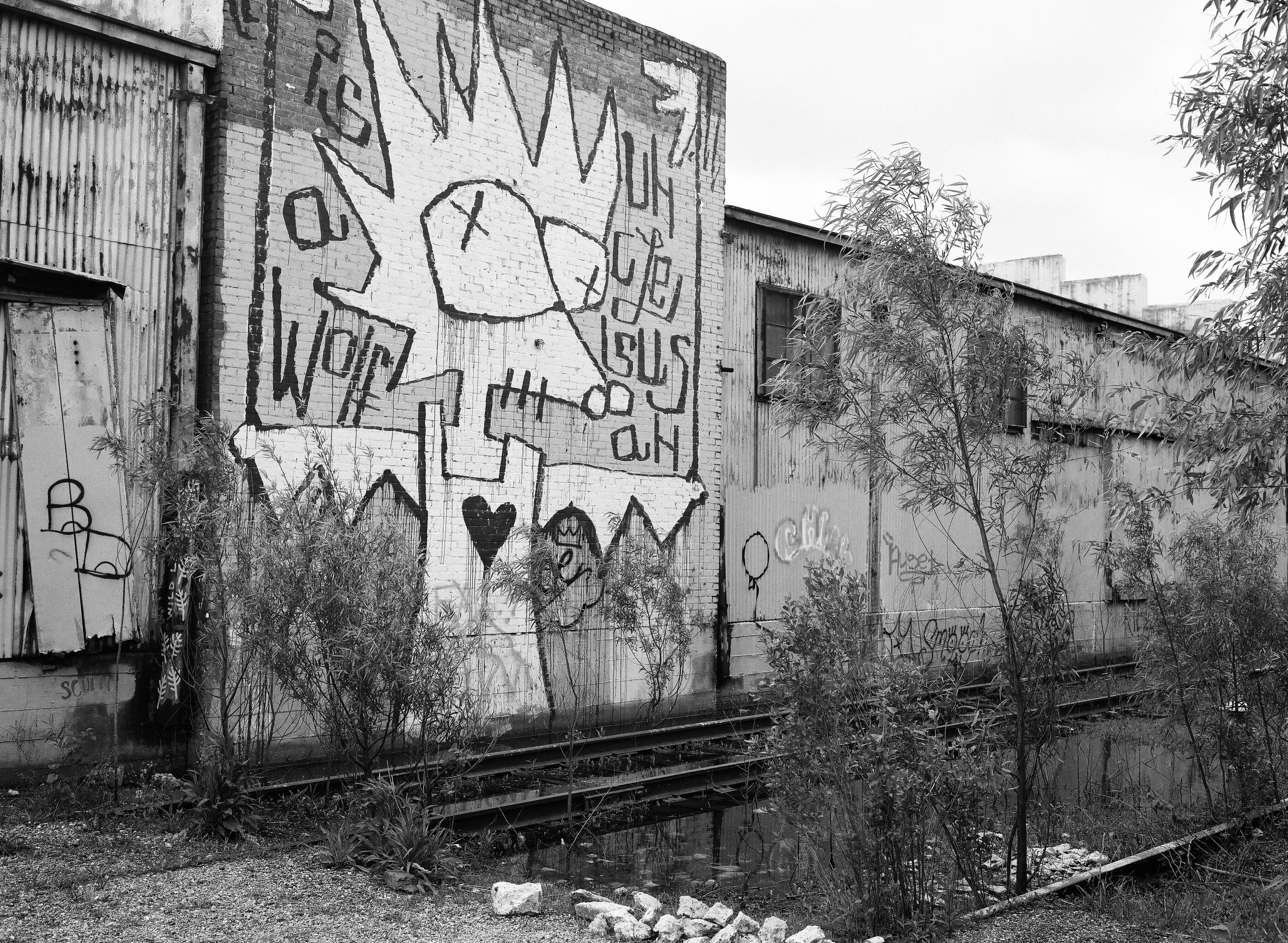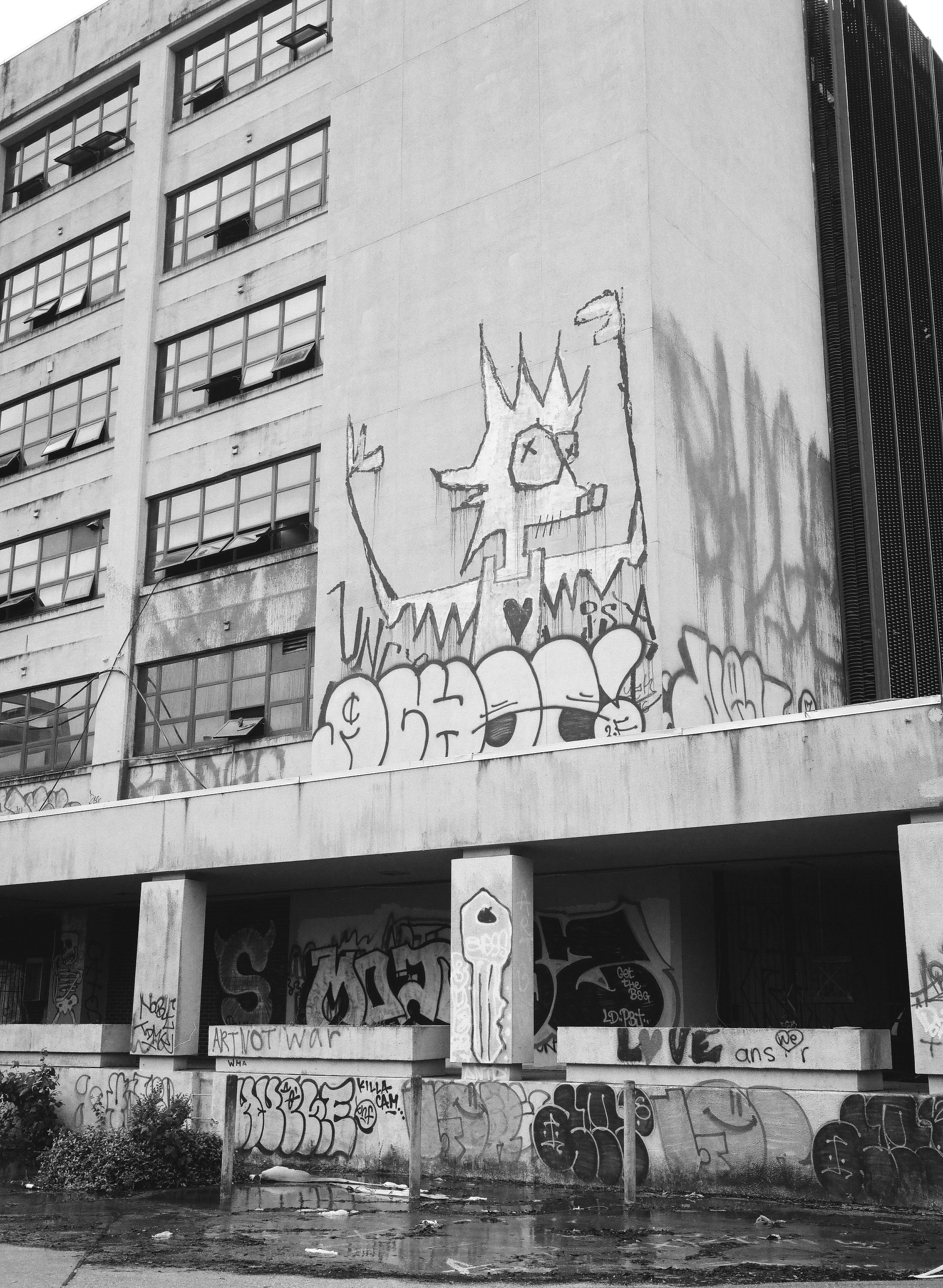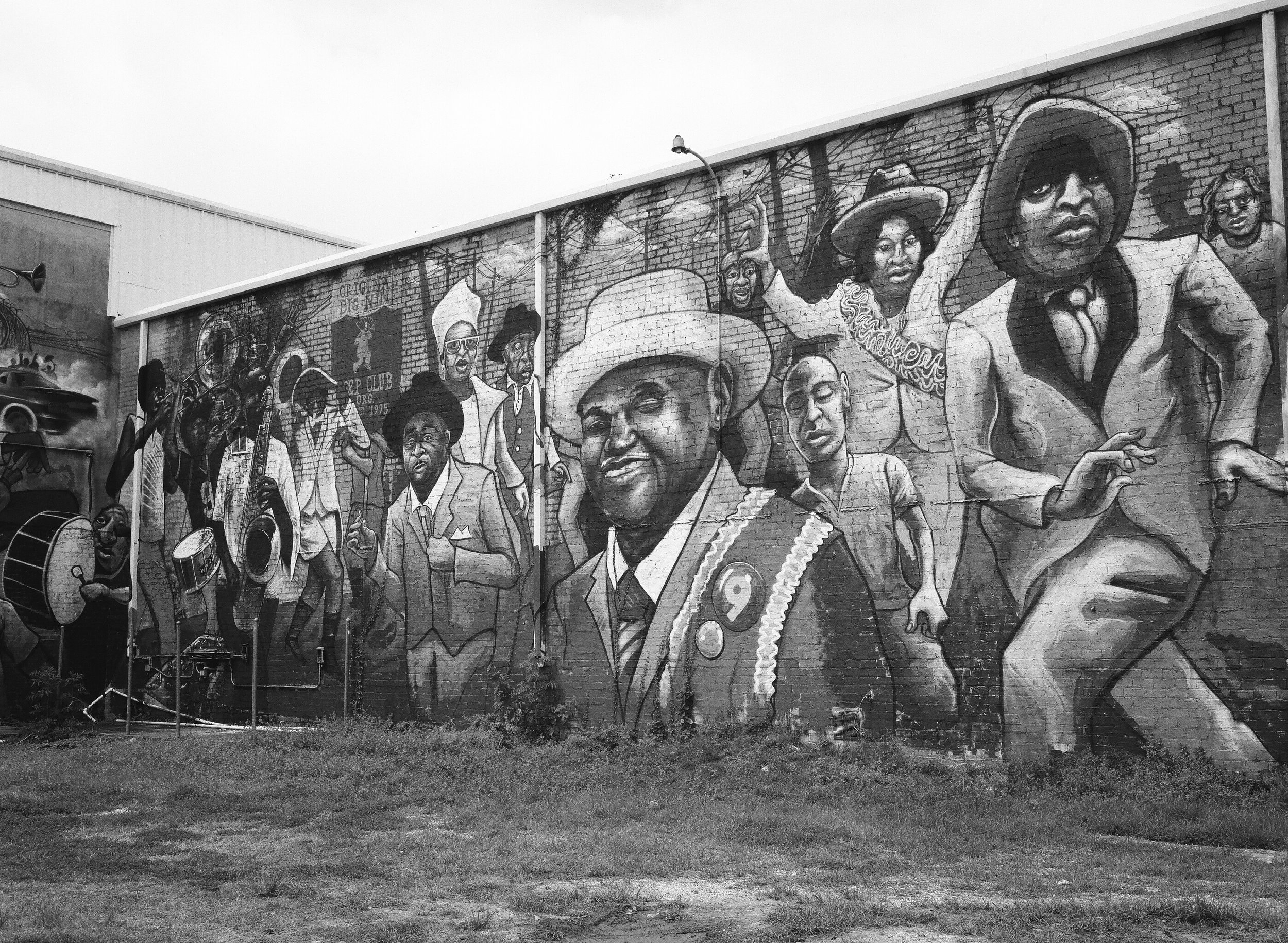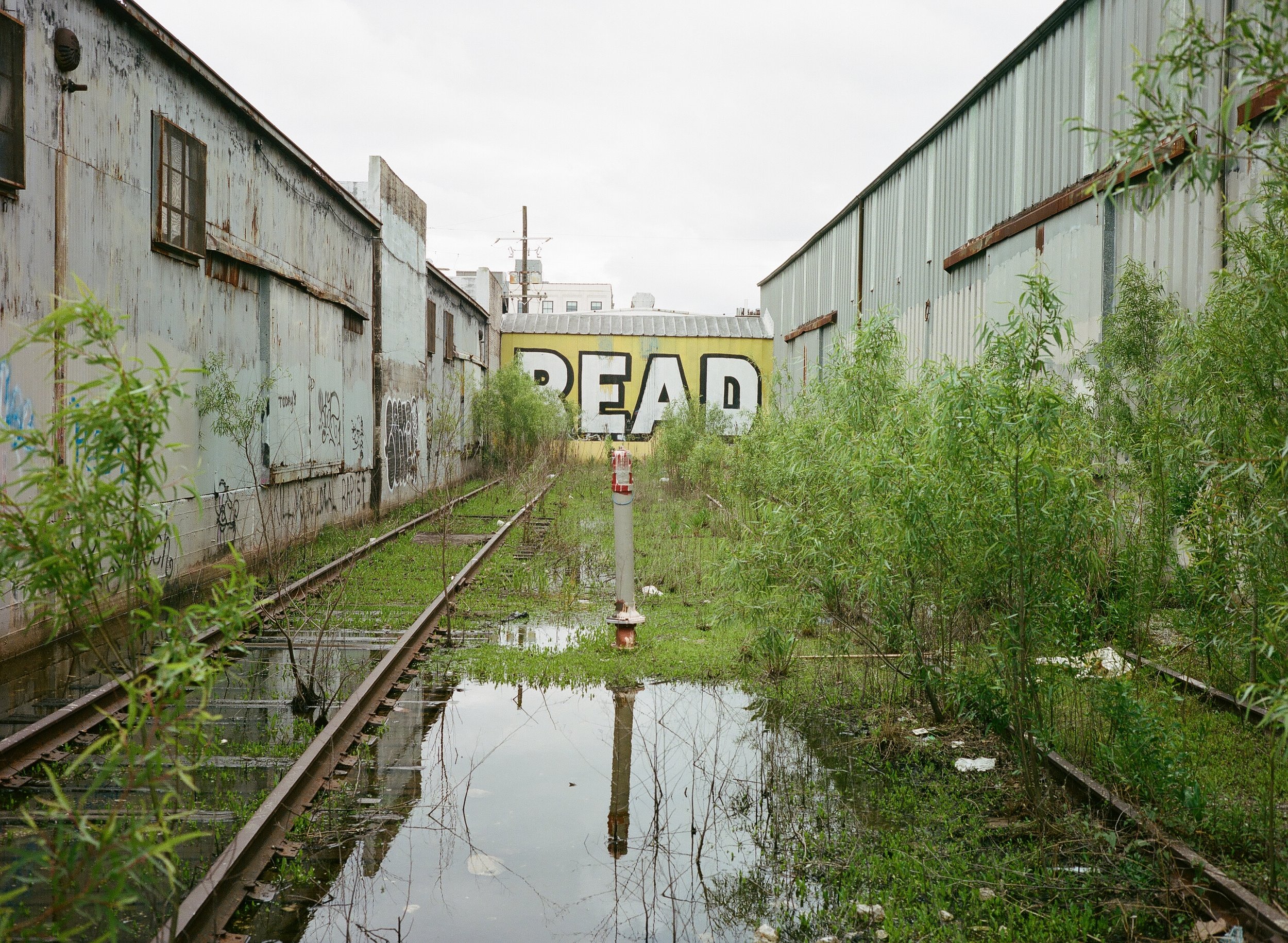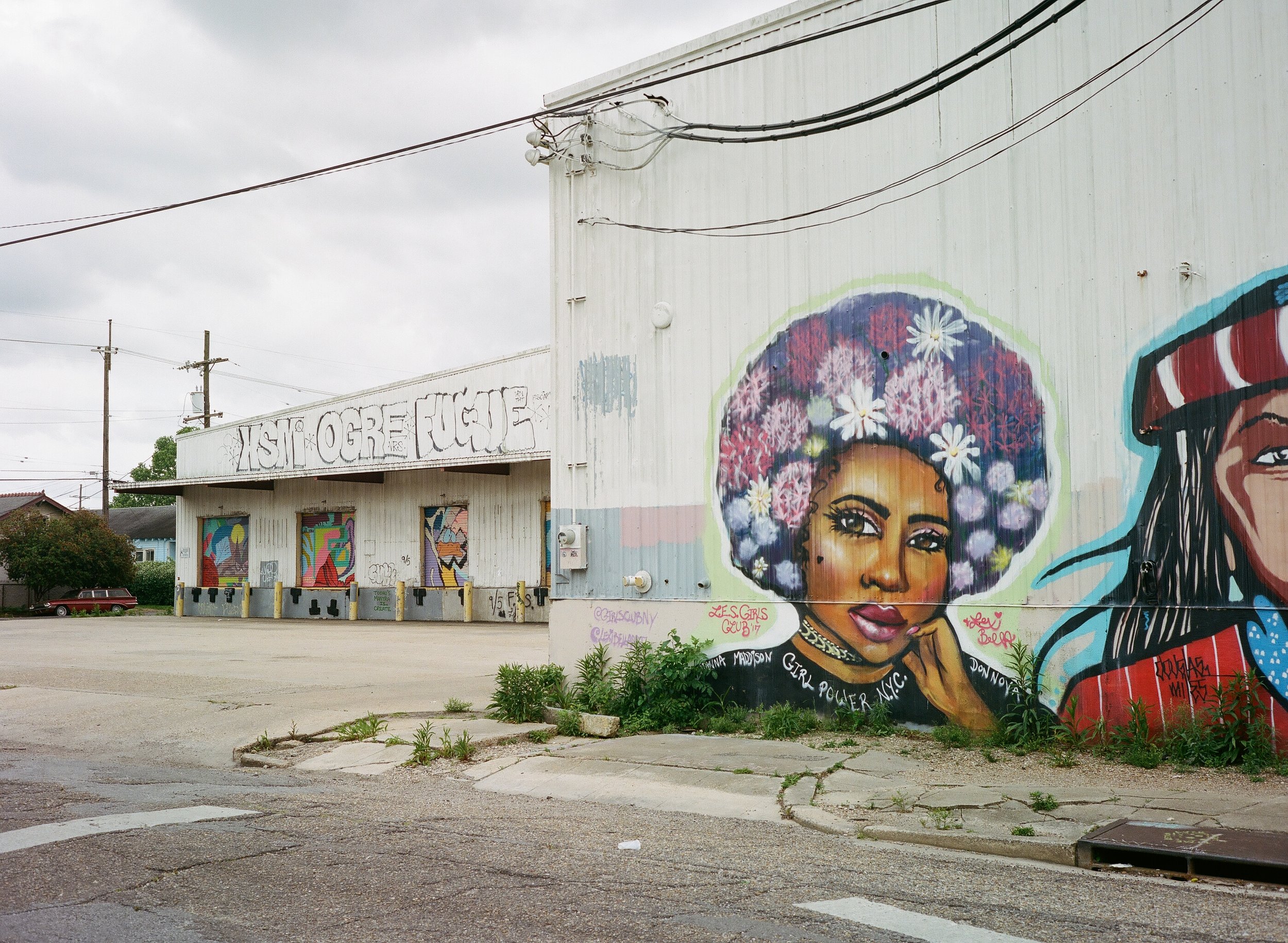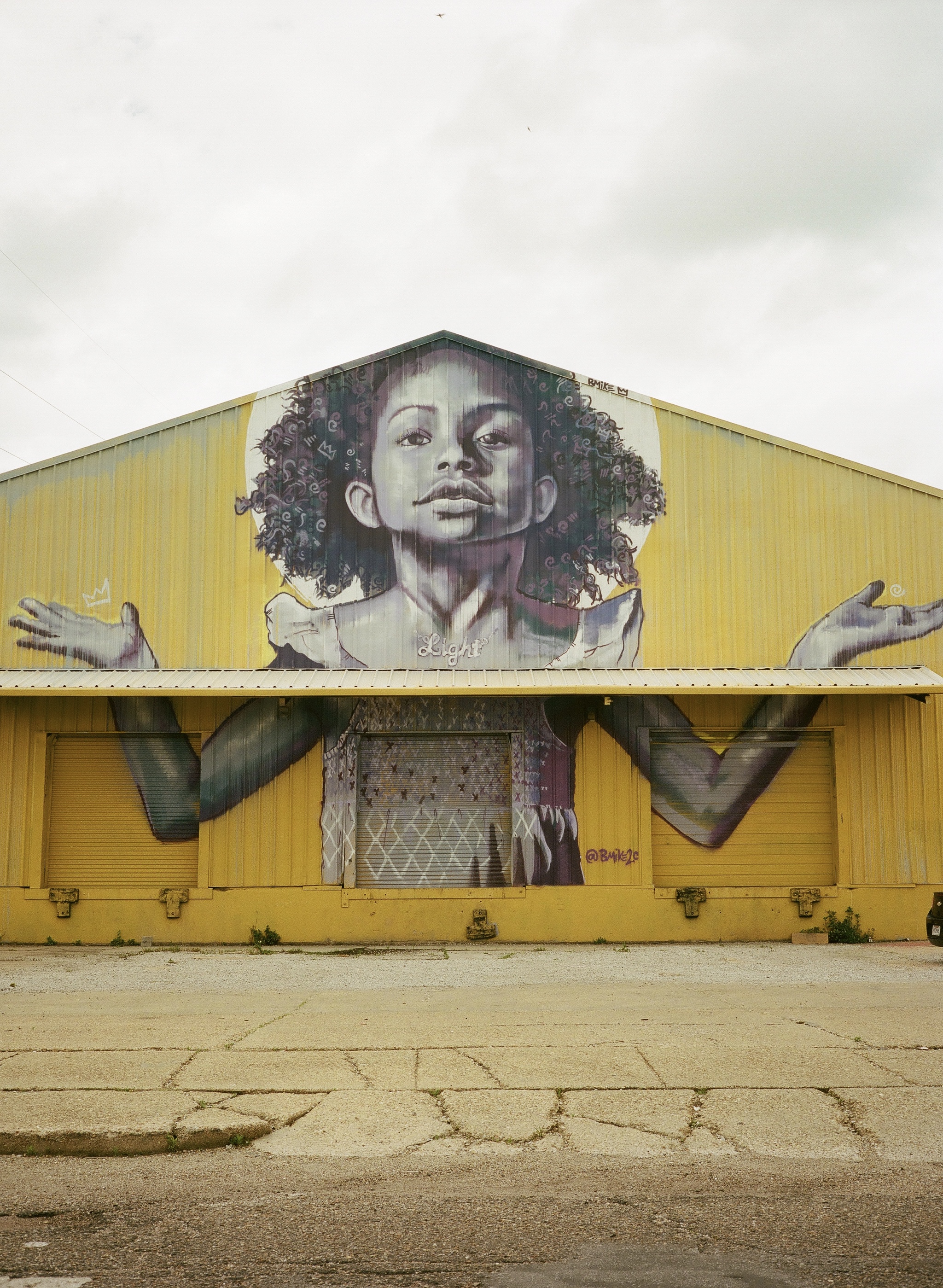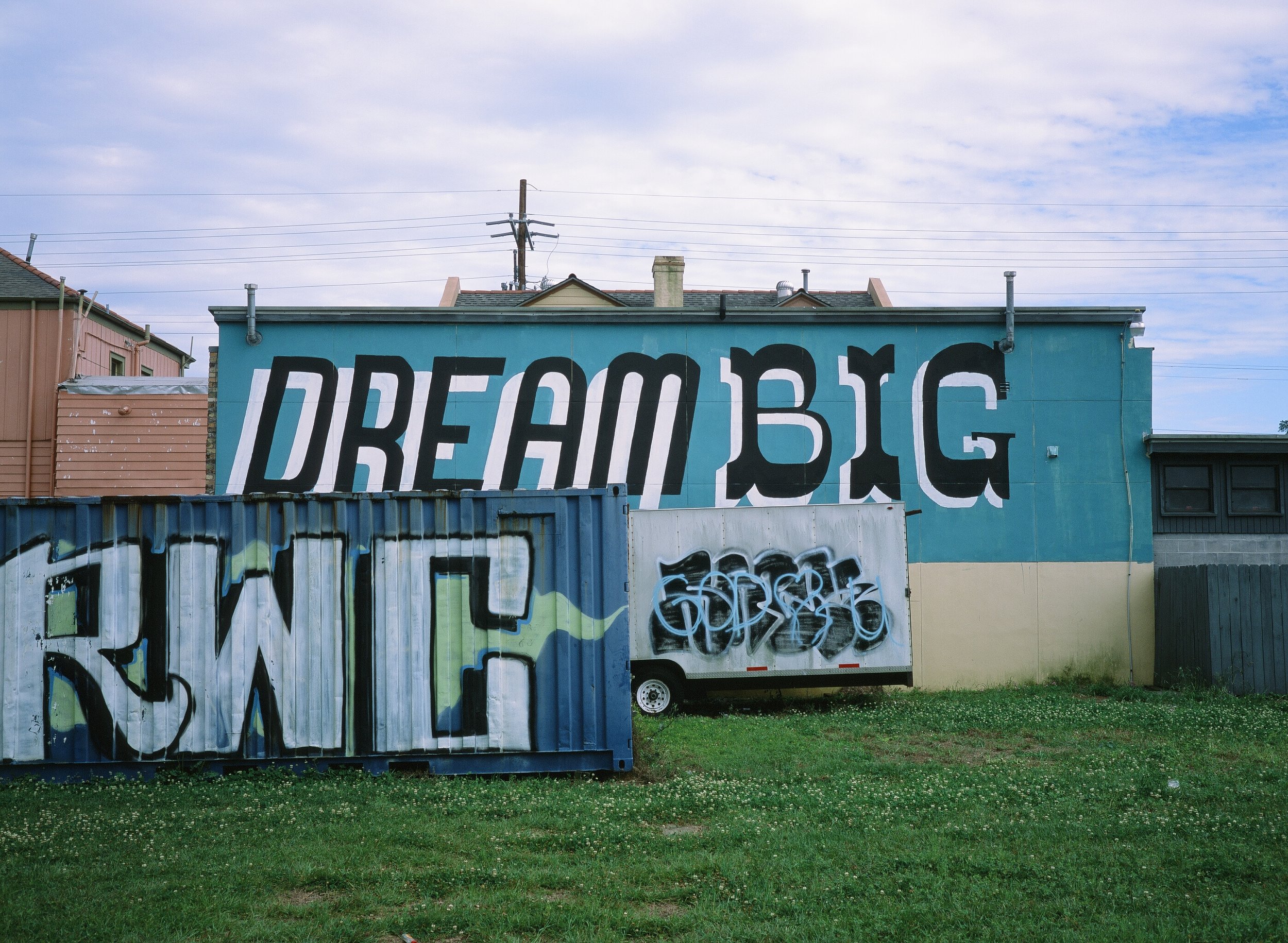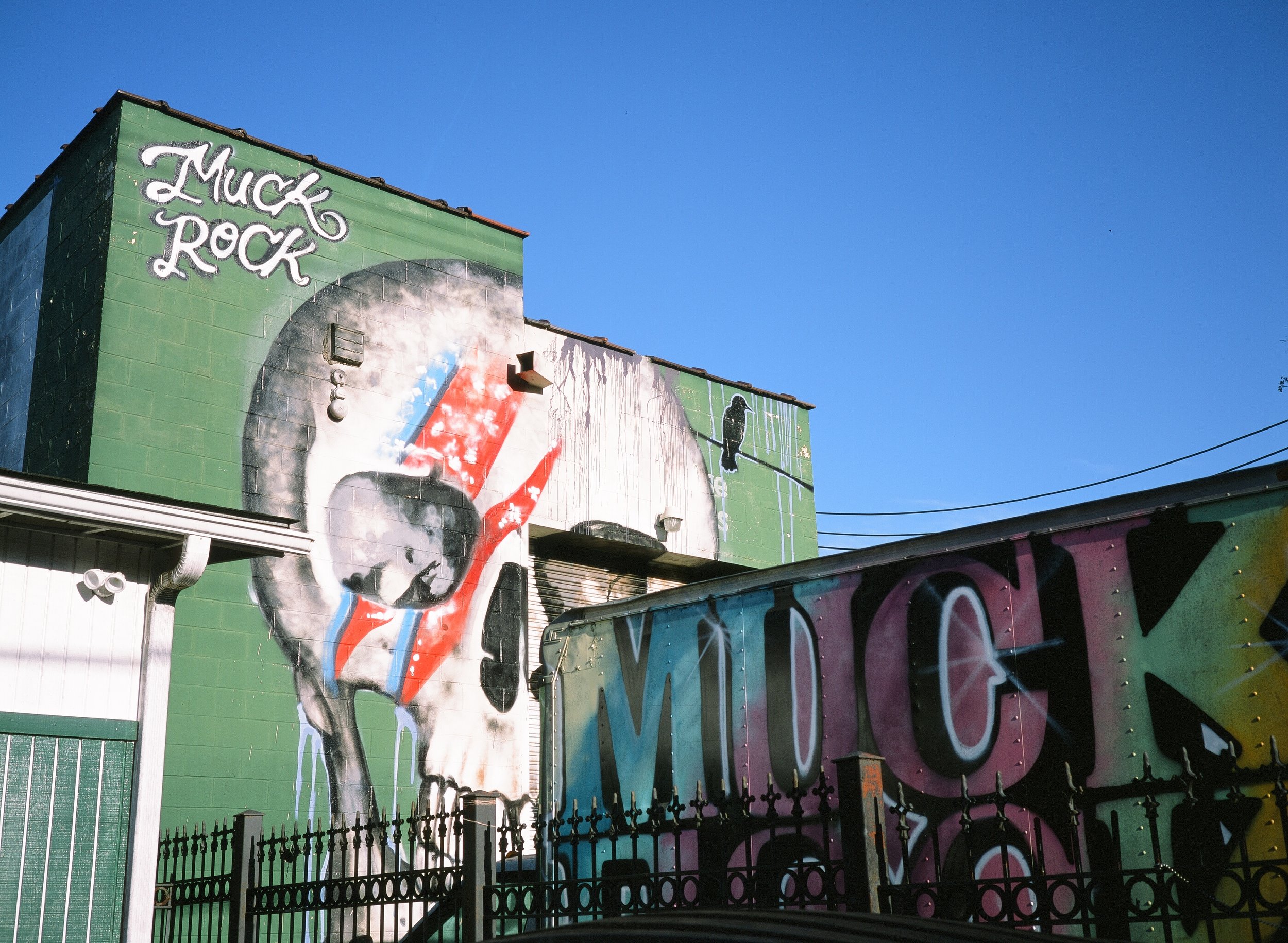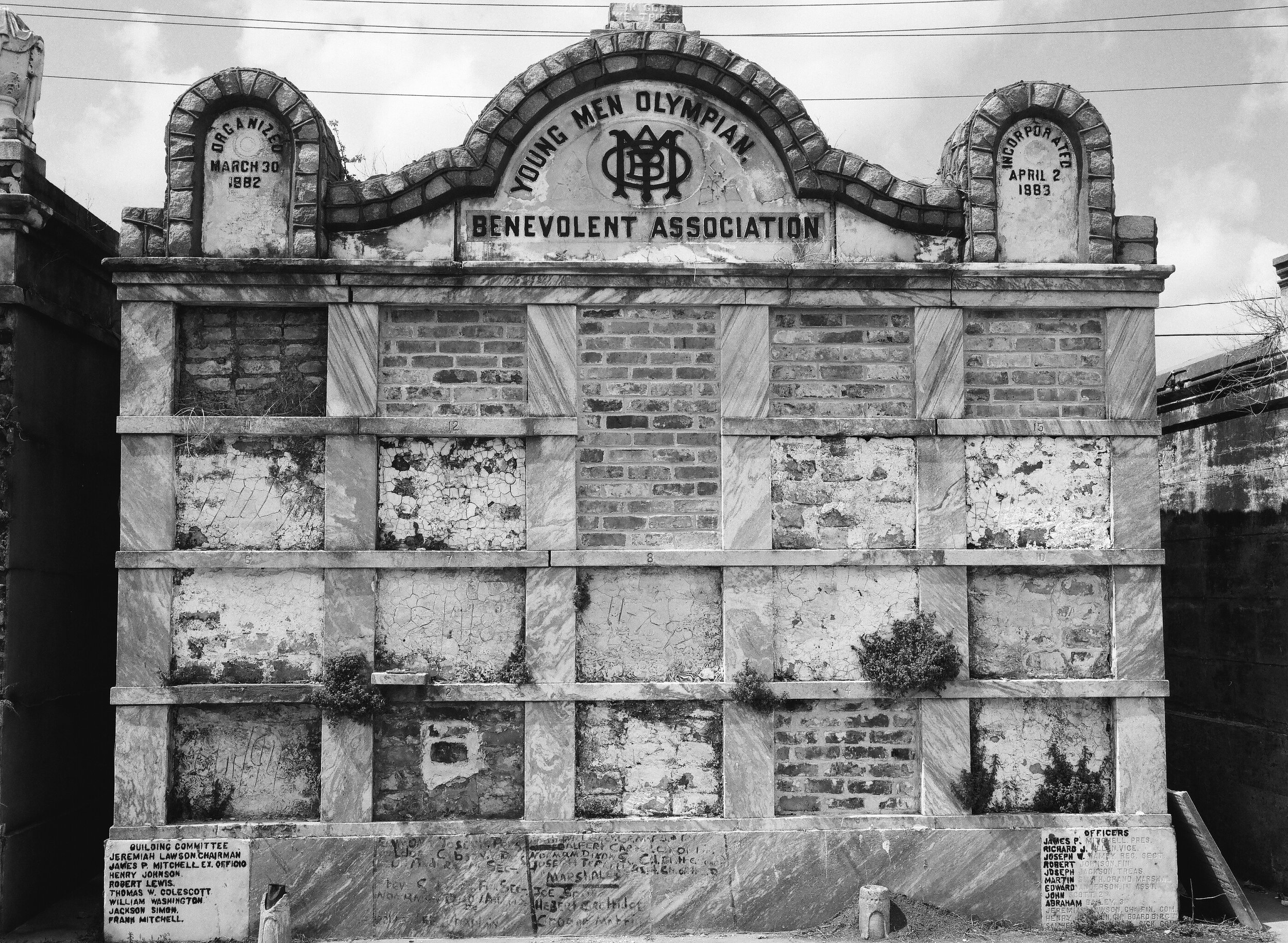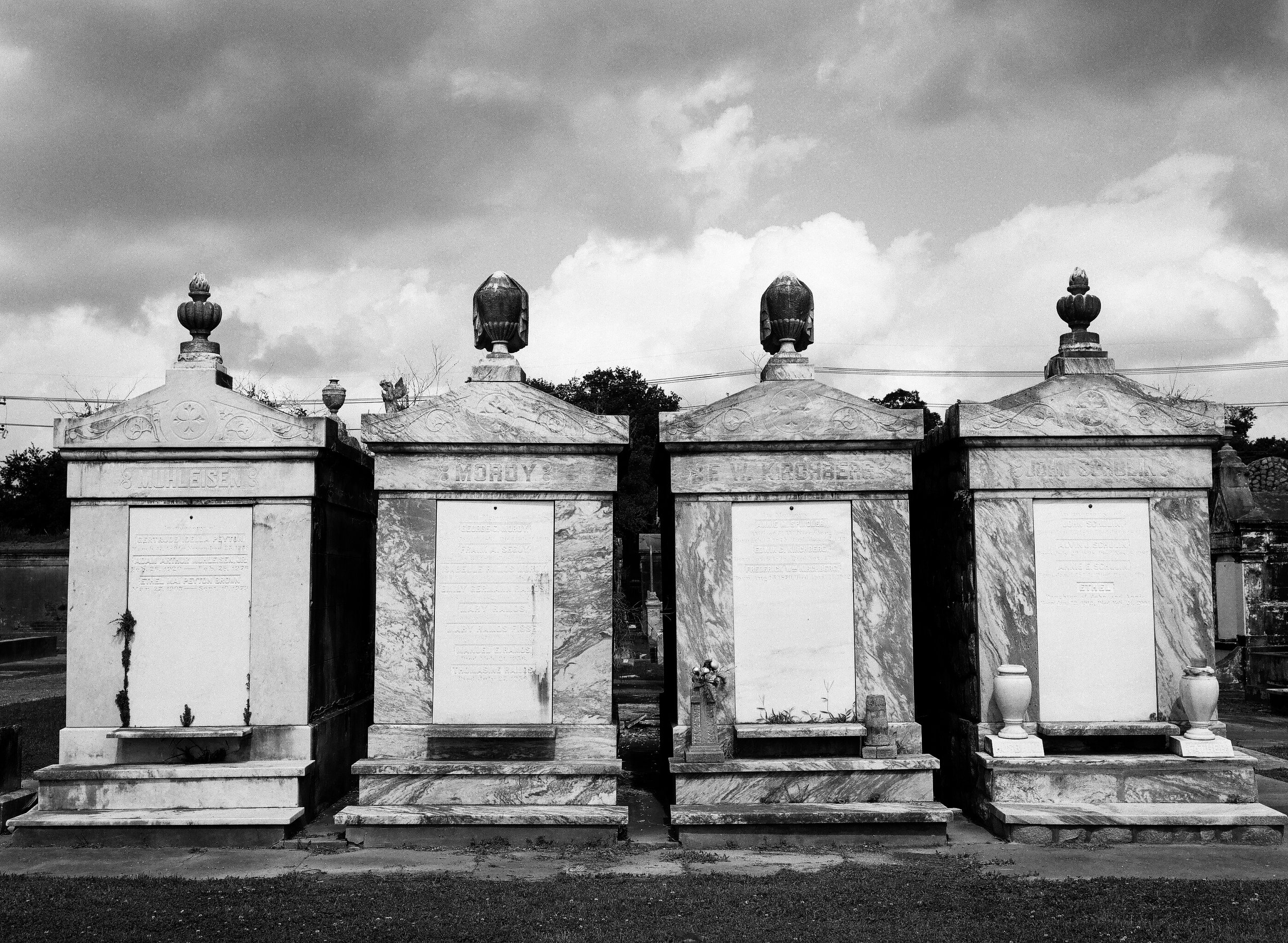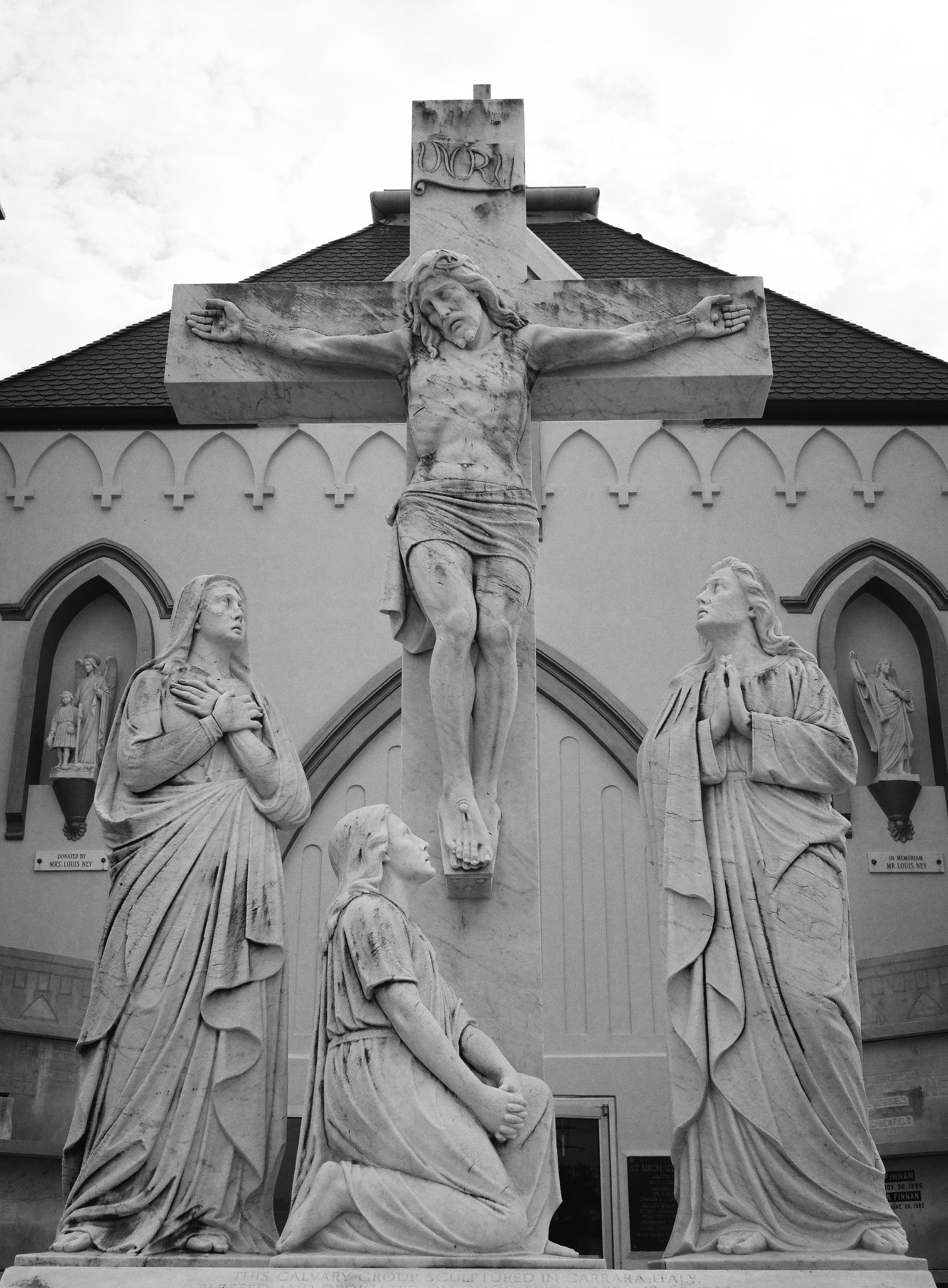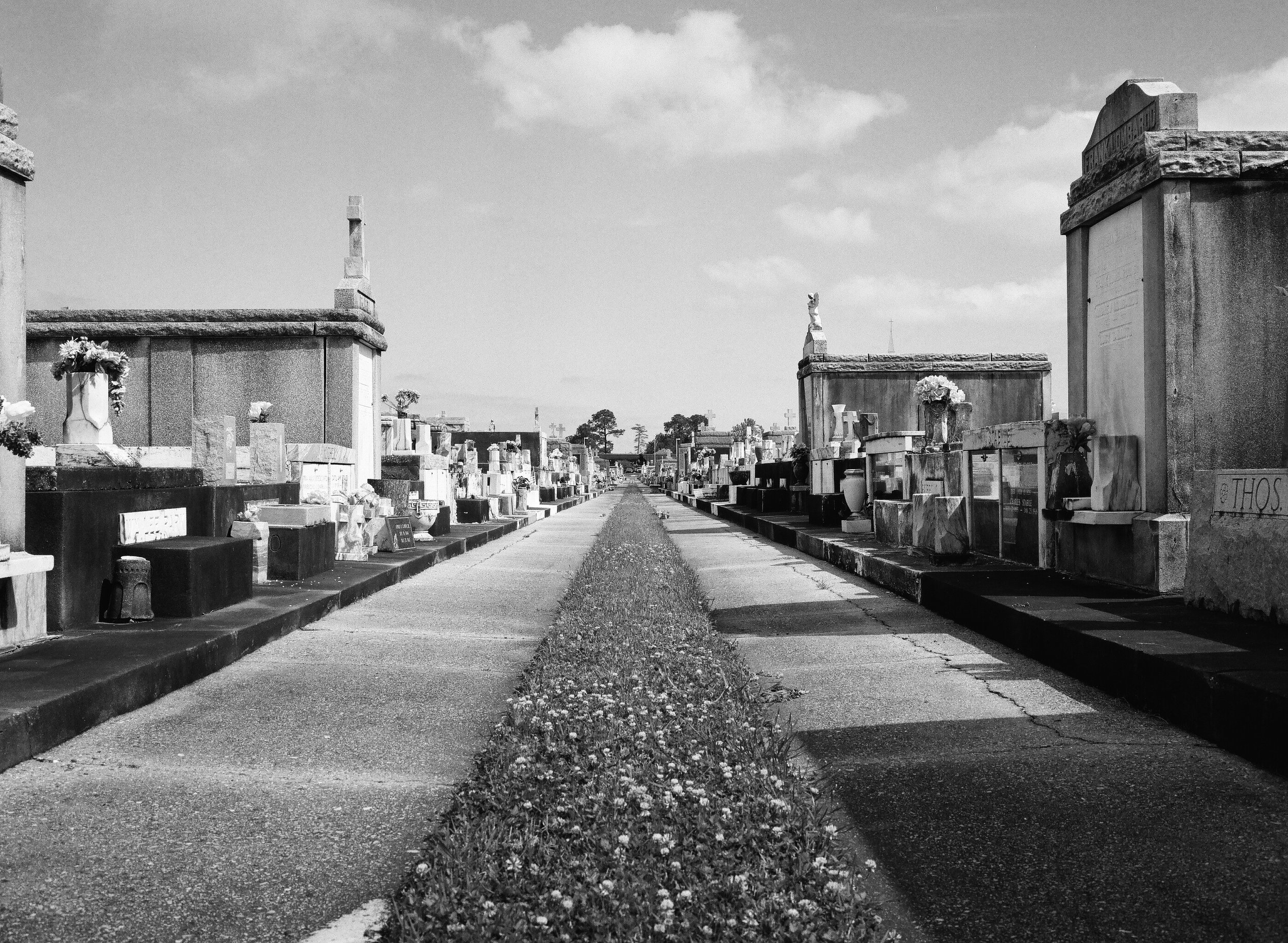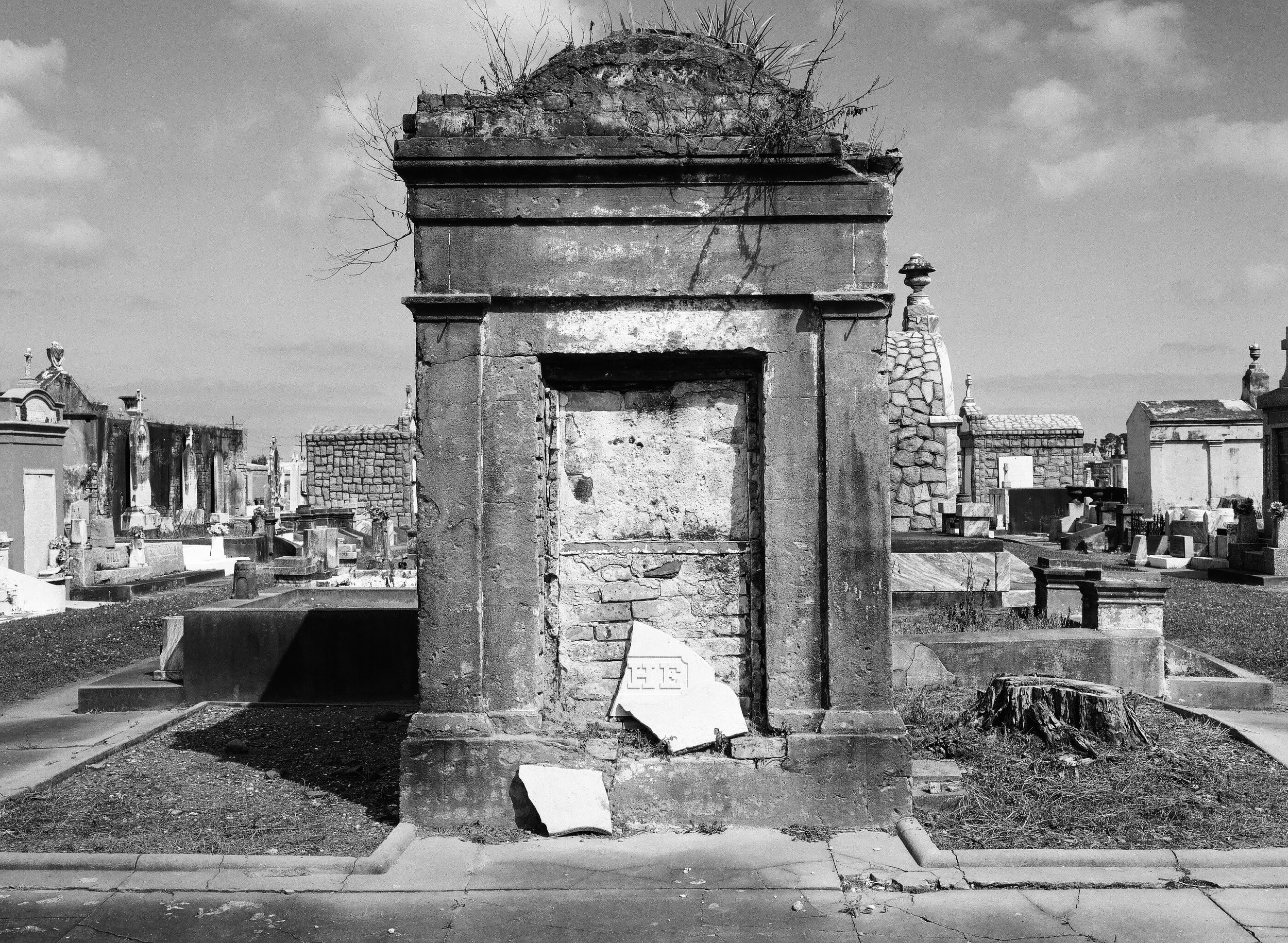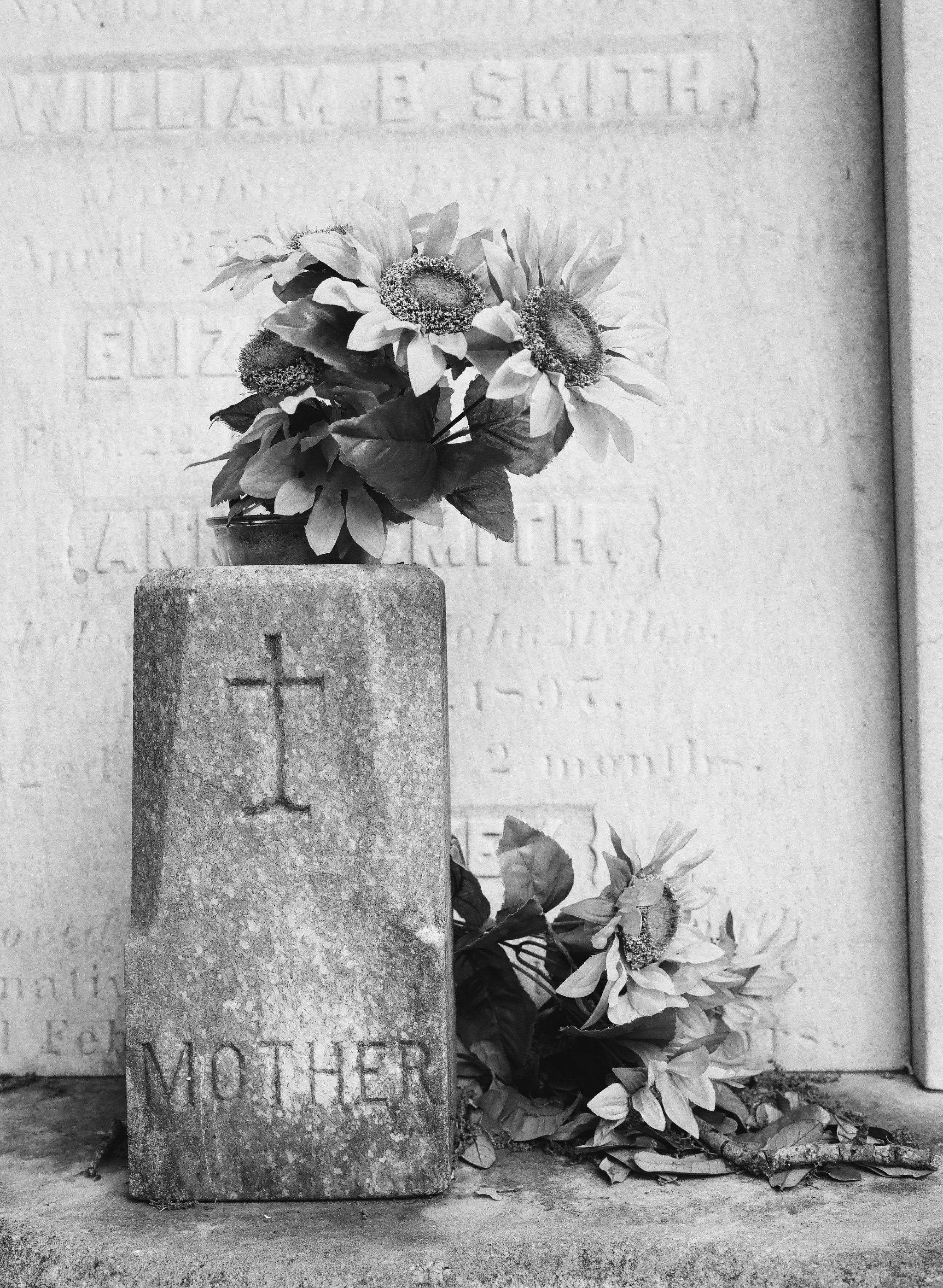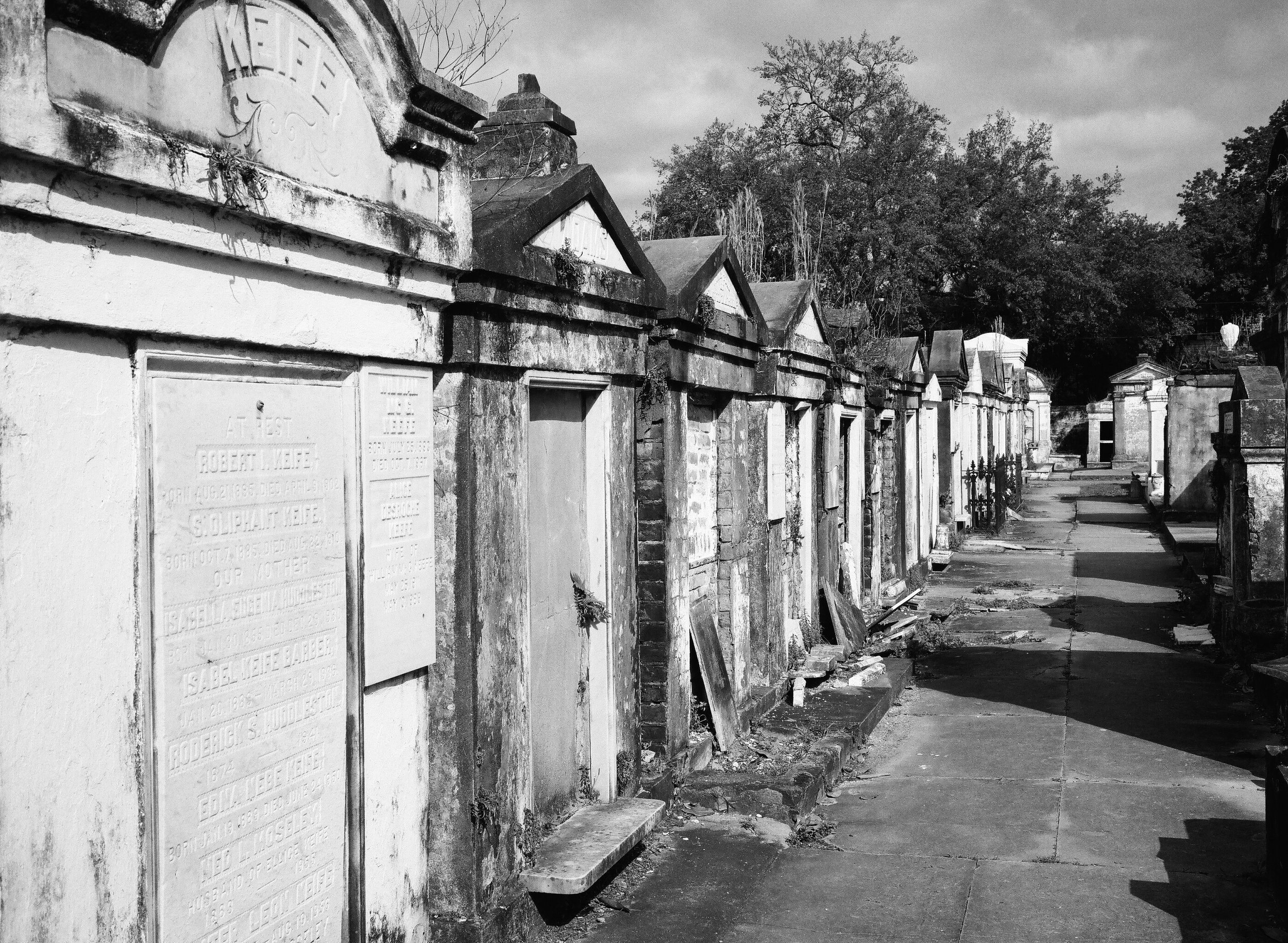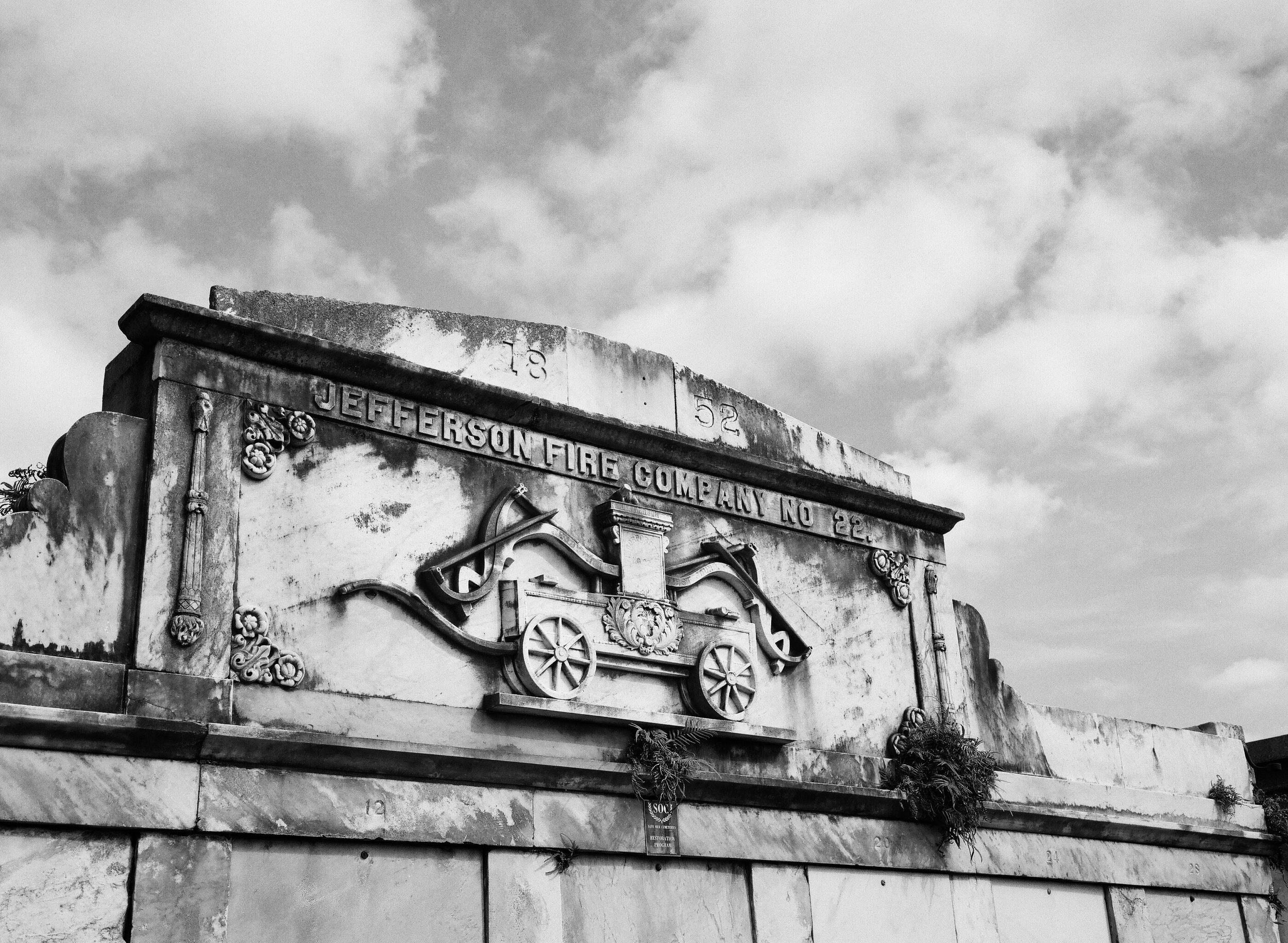water street in charlottesville
To take this, I went to the top of the Water Street parking garage. The photo was taken at sunset, and I did minimal editing after scanning the film. This is likely the first of many such photos, my attempts to capture Charlottesville from a somewhat different vantage point. I’ll probably take additional photos from this vantage point, given the opportunities provided by the Farmer’s Market, which is held in that parking lot, and the view from the various sides of the garage.
Camera: Intrepid 4x5 | Lens: Nikkor-W 210mm f/5.6 | Film: Kodak Portra 160.





















